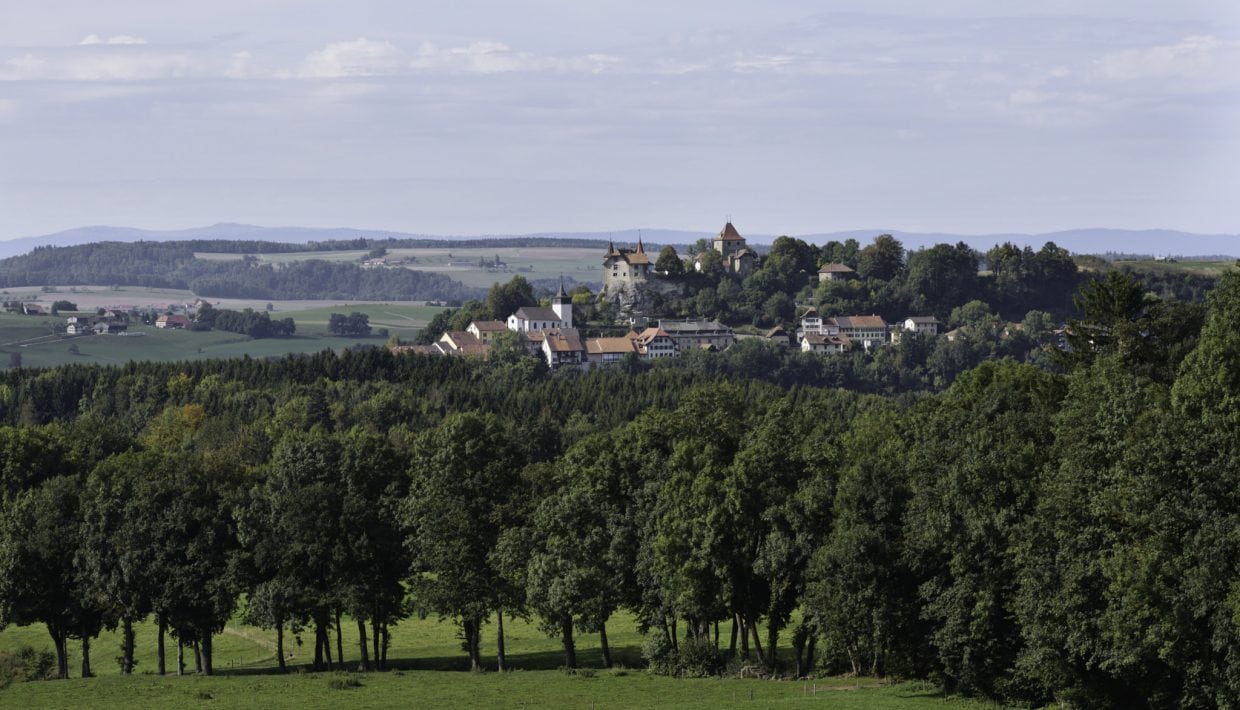
Keynote speaker: Axel Christophersen
At NIKU's conference Nature and Culture in Medieval Towns Axel Christophersen from Norwegian University of Science and Technology (NTNU) will give a talk about urban footprints in Medieval times.

Axel Christophersen is Professor in Archaeology at Norwegian University of Science and Technology (NTNU). At Nature and Culture in Medieval Towns 6-7 March 2019 he will give a keynote speech about how medieval urban societies and its natural environment interacted and what the consequences were.
See detailed program for the conference here.
Abstract
Urban footprints: Do we need an archaeology of medieval urban ecology?
Medieval towns are normally perceived as sociocultural constructions developed from dynamic social practice patterns which appears in basic urban activities like trade, craft and in urbanscape itself. Medieval towns are less comprehended as social entities dependent on tight symbiotic relationships between urban societies and the natural surroundings, in climate, geology, landscape etc.
Thus, mobility, population density, sanitation and exploitation of resources developed an “urban ecology” which caused internal and external “footprints”.
In a long term perspective the medieval urban societies developed a non-sustainable ecological system based on growing consumption and emulation of its surroundings, and so created future challenges for the urban communities which contributed profoundly to create new premises for future internal and external development.
To achieve a deeper understanding of how medieval towns developed in the intersection between nature and “culture”, we need an archaeology of medieval urban ecology, i.e. a research strategy focusing on
1) how medieval urban societies and its natural environment interacted? and
2) with what consequences?
The paper will present examples of urban ecological stress and consequences.
Read more about Nature and Culture in Medieval Towns here.
For additional information, please contact

